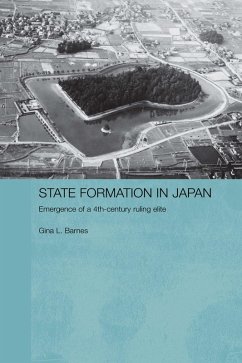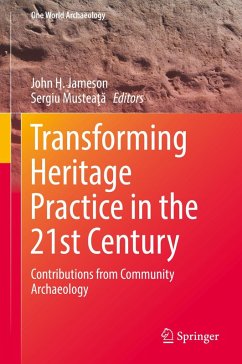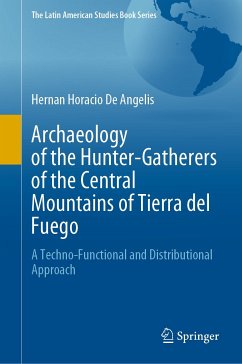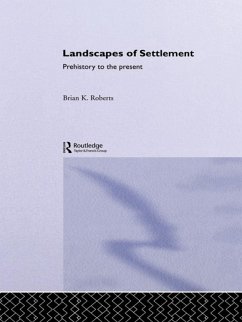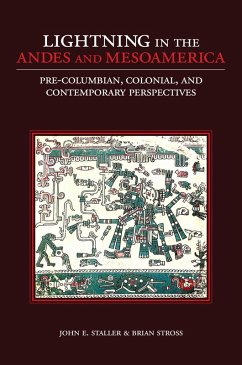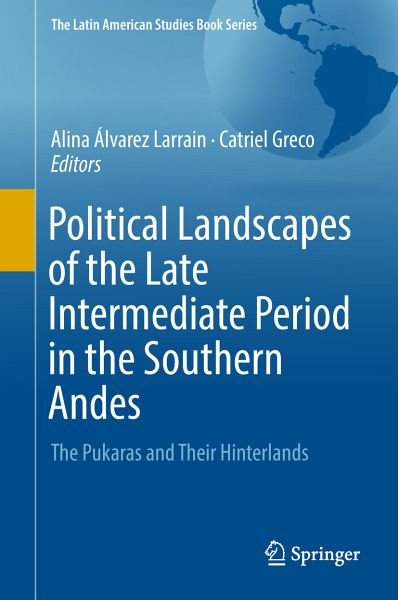
Political Landscapes of the Late Intermediate Period in the Southern Andes (eBook, PDF)
The Pukaras and Their Hinterlands
Redaktion: Álvarez Larrain, Alina; Greco, Catriel
Versandkostenfrei!
Sofort per Download lieferbar
72,95 €
inkl. MwSt.
Weitere Ausgaben:

PAYBACK Punkte
36 °P sammeln!
Focuses on the Pukaras, the stone hillforts of the Inka Empire and surrounding nations
Covers large portions of the South American Highlands (Altiplano)
With contributions from authors from over 15 research institutes in different countries, both renowned senior researchers and young researchers, presenting new perspectives in the field of Andean archaeology
Dieser Download kann aus rechtlichen Gründen nur mit Rechnungsadresse in A, B, BG, CY, CZ, D, DK, EW, E, FIN, F, GR, HR, H, IRL, I, LT, L, LR, M, NL, PL, P, R, S, SLO, SK ausgeliefert werden.





